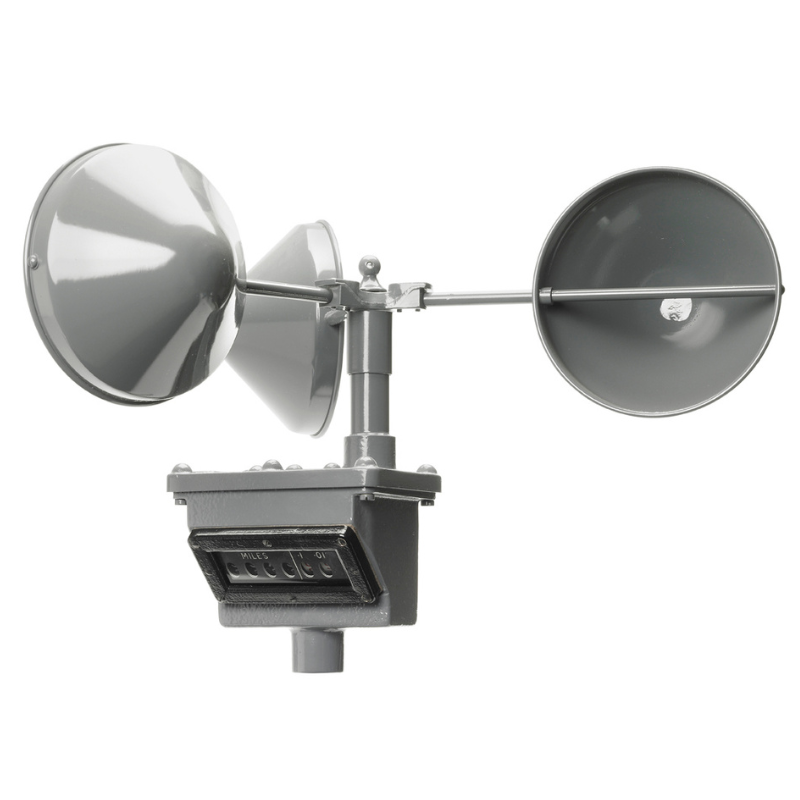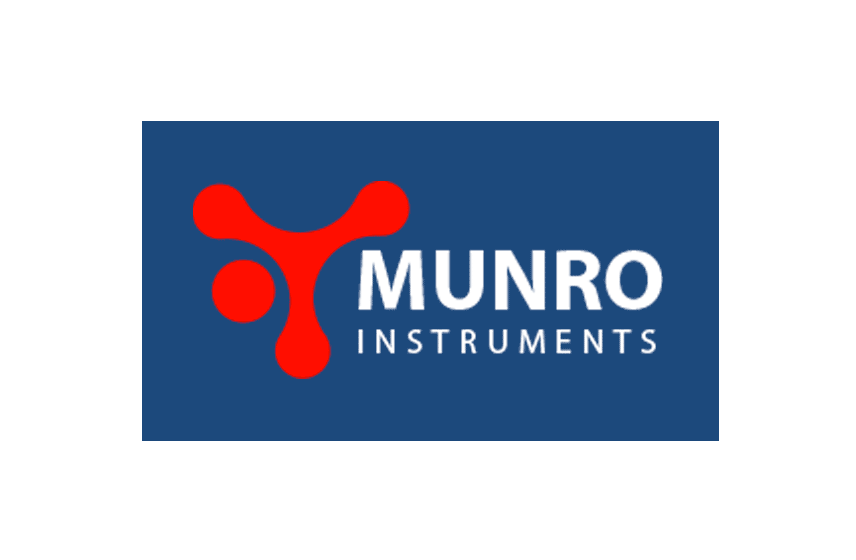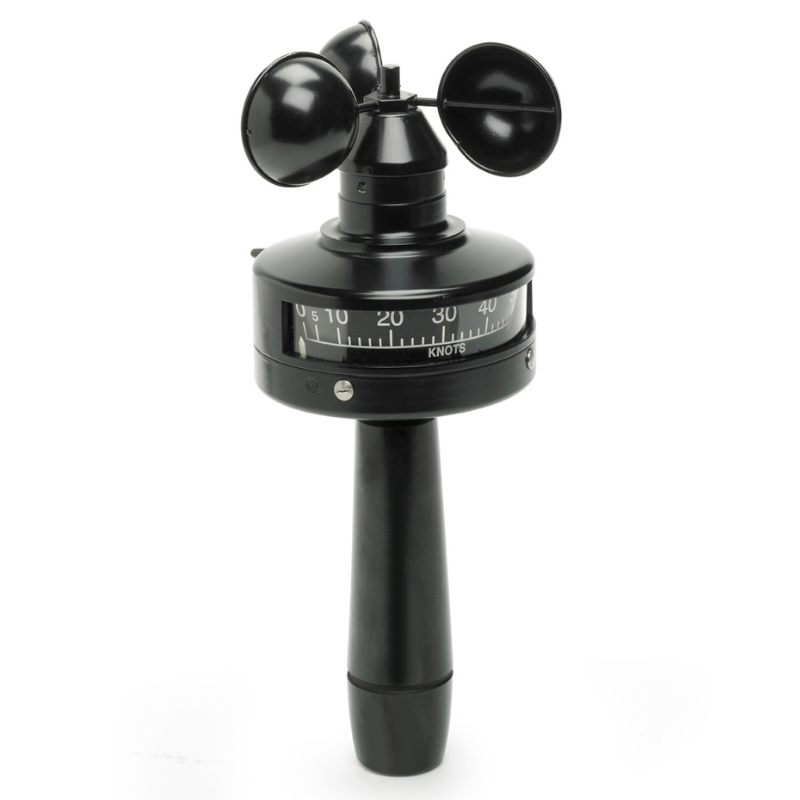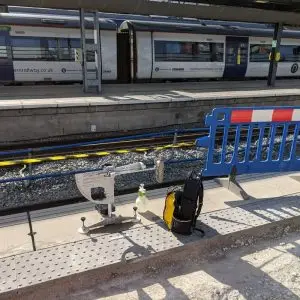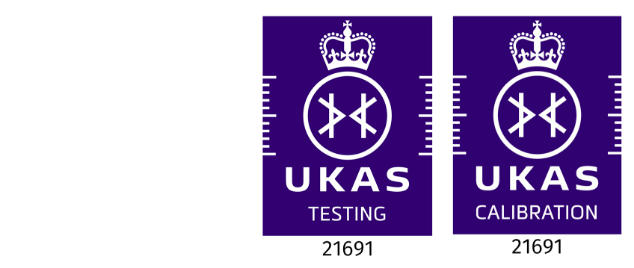Wind speed sensors are devices designed to measure the speed and direction of wind. These sensors are essential in various industries to ensure safety, enhance efficiency, and optimize operations.
How Do Wind Speed Sensors Work?
Wind speed sensors operate by detecting the movement of air and converting it into measurable data. Depending on the technology, they may use mechanical, ultrasonic, or laser-based methods to provide precise wind readings.
Importance of Wind Speed Measurement in Industries
Enhancing Safety Standards
Accurate wind data helps prevent accidents in industries like construction, aviation, and marine operations by enabling better decision-making during adverse weather conditions.
Supporting Efficiency and Productivity
Wind speed monitoring allows industries to optimize processes, such as positioning wind turbines or planning agricultural irrigation schedules.
Purposes of Wind Speed Sensors
Renewable Energy
Wind Turbine Optimization
Wind turbines rely on precise wind data to adjust their blades for maximum energy output, ensuring efficient power generation.
Construction and Crane Operations
Preventing Accidents
Strong winds can destabilize cranes and other machinery, making real-time wind speed monitoring critical for construction site safety.
Marine and Offshore Applications
Ensuring Vessel Safety
Ships and offshore platforms depend on wind speed sensors to navigate safely and avoid hazards during storms.
Agriculture
Monitoring Weather for Crop Health
Farmers use wind sensors to determine the best times for planting, harvesting, and spraying crops, minimizing losses caused by unfavorable weather.
Aviation
Managing Runway Safety
Airports utilize wind speed sensors to guide aircraft during takeoff and landing, ensuring passenger safety and operational efficiency.
Meteorology and Weather Forecasting
Wind speed sensors provide data for weather models, improving the accuracy of forecasts and storm predictions.
Sports and Recreational Activities
Activities like sailing, paragliding, and competitive sports often require wind speed data to ensure safety and performance.
Technologies Used in Wind Speed Sensors
Mechanical Anemometers
These traditional sensors use rotating cups or vanes to measure wind speed.
Ultrasonic Wind Speed Sensors
Ultrasonic sensors measure wind by detecting the time it takes for sound waves to travel between points.
Laser-Based LIDAR Systems
LIDAR systems use light beams to provide highly accurate wind speed and direction readings over long distances.
Advanced IoT Integration
Modern wind speed sensors connect to IoT platforms, enabling remote monitoring and data analysis.
Pros of Using Industrial Wind Speed Sensors
Real-Time Monitoring
Wind sensors provide instant data, allowing for quick decision-making in critical situations.
Increased Accuracy and Reliability
Advanced technologies ensure precise readings, even in challenging conditions.
Long-Term Cost Savings
By preventing accidents and optimizing operations, wind sensors save costs over time.

